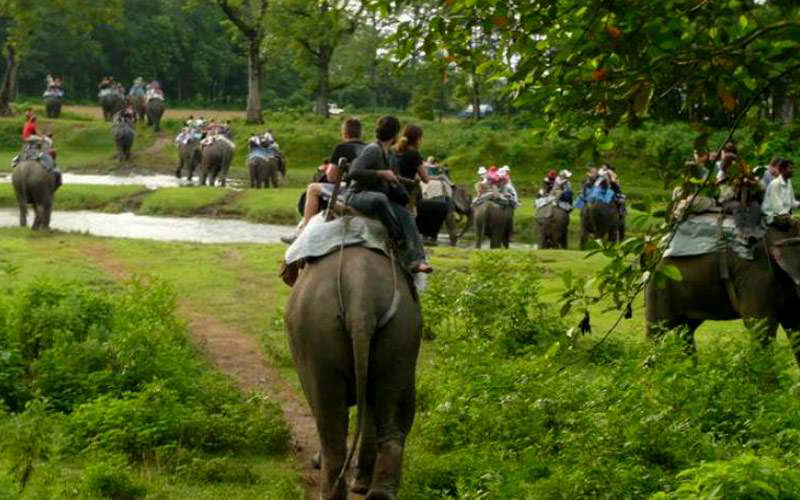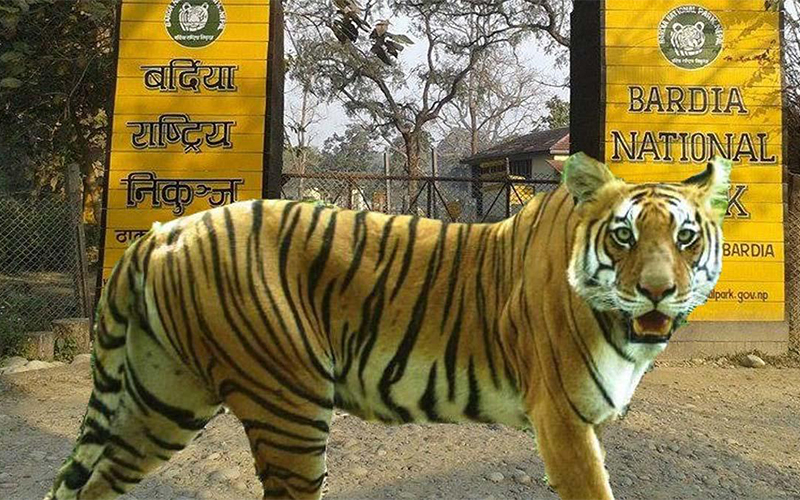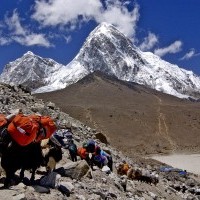Discovering the One-Horned Rhinoceros: Nepal’s Majestic Conservation Success Story
Author: Dinesh Raj DhakalPublished On: 6 March, 2022
Discovering the One-Horned Rhinoceros: Nepal’s Majestic Conservation Success Story
Nestled in the heart of Asia, Nepal is not only renowned for its stunning landscapes and towering peaks but also for its incredible biodiversity. Among the many species that call Nepal home, the one-horned rhinoceros stands out as a symbol of both natural beauty and successful conservation. Join us as we delve into the fascinating world of the one-horned rhinoceros, exploring its habitat, behaviors, and the efforts being made to protect this magnificent creature.
The One-Horned Rhinoceros: A Brief Overview
The one-horned rhinoceros, also known as the Indian rhinoceros (Rhinoceros unicorns), is one of the most iconic and largest mammals found in Nepal. Characterized by its single black horn and armor-like skin folds, this rhino can weigh up to 2,200 kilograms and grow up to 2 meters in height. Despite its formidable size, the one-horned rhinoceros is a herbivore, feeding on a variety of grasses, fruits, leaves, and aquatic plants.
Habitat and Distribution
In Nepal, the one-horned rhinoceros primarily resides in the subtropical lowlands of the Terai region, with the majority of the population found in Chitwan National Park. This UNESCO World Heritage site provides the ideal habitat, featuring vast grasslands, dense forests, and plentiful water sources. Another significant population can be found in Bardia National Park, which also offers a haven for these gentle giants.
Behavior and Social Structure
One-horned rhinos are mostly solitary creatures, except for females with calves or occasional small groups that might form around abundant food sources. They are known for their territorial nature, marking their areas with piles of dung. These dung heaps not only serve as territorial markers but also play a crucial role in seed dispersal, contributing to the ecological balance of their habitats.
Rhinos have poor eyesight but an excellent sense of smell and hearing, which they use to detect potential threats and navigate their environment. Despite their size and strength, they are generally peaceful animals unless provoked or threatened.
Conservation Efforts in Nepal
The story of the one-horned rhinoceros in Nepal is one of remarkable conservation success. In the early 20th century, their numbers had dwindled drastically due to rampant poaching and habitat loss. However, concerted efforts by the Nepalese government, local communities, and international organizations have reversed this decline.
Anti-Poaching Initiatives
Nepal has implemented stringent anti-poaching laws and established dedicated wildlife protection units to safeguard the rhinos. Regular patrols, surveillance, and the use of advanced technology like drones and camera traps have significantly reduced poaching incidents.
Community Involvement
Local communities play a vital role in rhino conservation. Community-based anti-poaching units, known as 'Gajur Mukti' or Rhino Conservation groups, have been instrumental in protecting rhinos and their habitats. By involving locals in conservation efforts and providing them with alternative livelihoods, the government has fostered a sense of ownership and responsibility towards wildlife preservation.
Habitat Restoration
Efforts to restore and expand rhino habitats have also been crucial. Projects aimed at reforesting degraded areas, managing invasive species, and ensuring sustainable land use practices have helped create a more hospitable environment for the rhinos.
Translocation Programs
To ensure genetic diversity and establish new populations, Nepal has successfully conducted rhino translocation programs. Rhinos are moved from Chitwan National Park to other protected areas like Bardia National Park, helping to spread the population and reduce the risk of disease outbreaks or localized threats.
Challenges and the Road Ahead
Despite the progress, challenges remain. Habitat encroachment, human-wildlife conflict, and climate change pose ongoing threats to rhino populations. Continued vigilance, adaptive management strategies, and sustained funding are essential to address these challenges and ensure the long-term survival of the one-horned rhinoceros.
How You Can Help
Every individual can contribute to the conservation of the one-horned rhinoceros. Here are a few ways you can help:
- Support Conservation Organizations: Donate to organizations working on rhino conservation in Nepal.
- Responsible Tourism: Visit national parks like Chitwan and Bardiya, where your entry fees and tourism spending support conservation efforts.
- Spread Awareness: Educate others about the importance of rhino conservation and the success story of Nepal.
The one-horned rhinoceros is not just a majestic creature but also a testament to what concerted conservation efforts can achieve. Nepal's success in increasing rhino populations is a beacon of hope in wildlife conservation, demonstrating the power of collaboration, community involvement, and unwavering commitment. As we celebrate these achievements, let us also remain vigilant and proactive in our efforts to protect and preserve these incredible animals for future generations.

 日本語
日本語 中文
中文



















